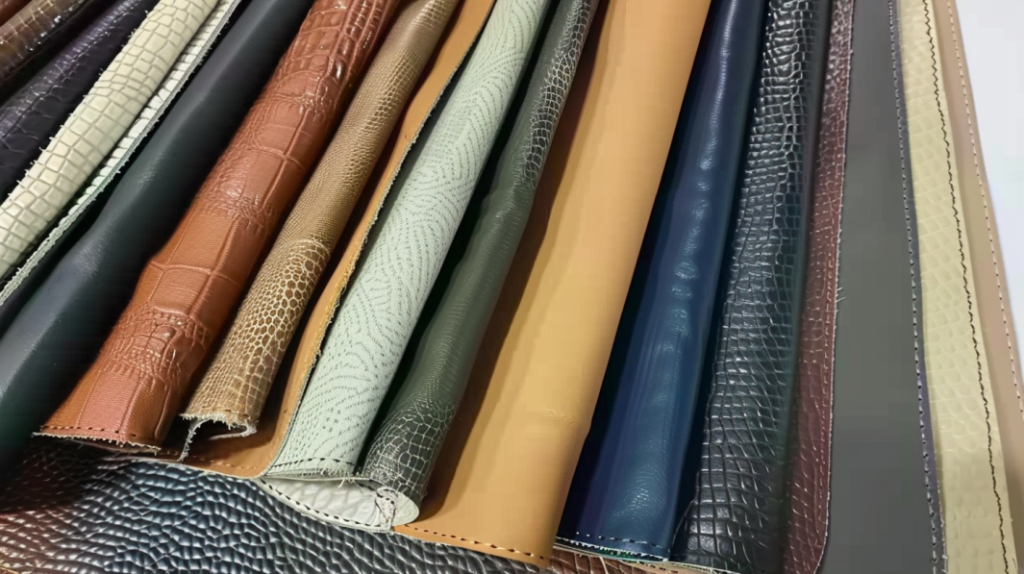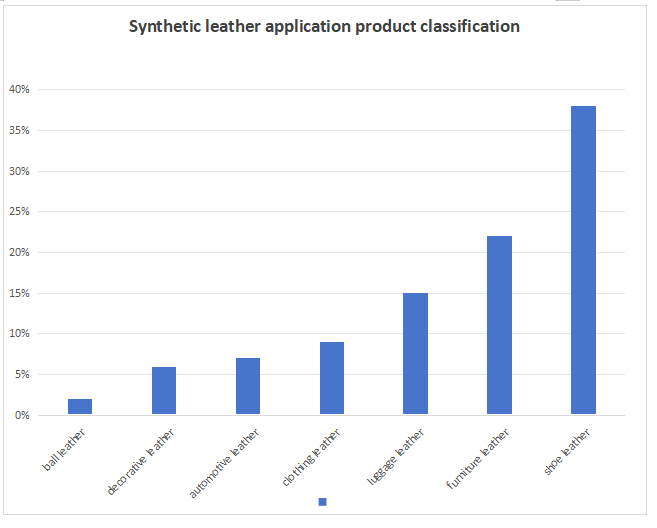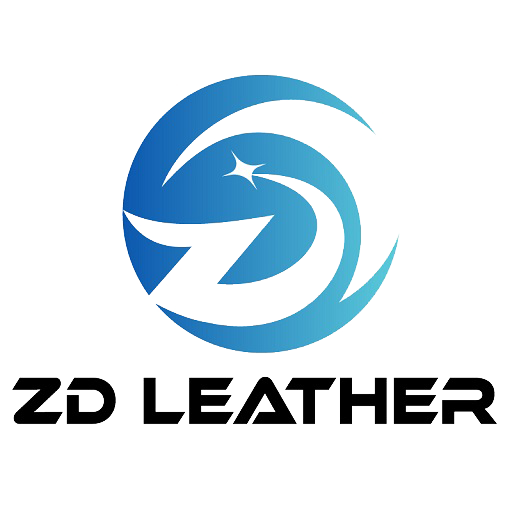The Ultimate Guide to Synthetic Leather: Everything You Need to Know
In recent years, with the progress of science and technology and the enhancement of environmental protection consciousness, synthetic leather, as an alternative material to natural leather, has gradually occupied an important position in the market. Whether in the fields of clothing, footwear, furniture, or automobile interiors, synthetic leather has attracted more and more attention and recognition for its unique advantages and wide application prospects. To help you better understand this multi-functional material, this guide will comprehensively introduce the definition of synthetic leather, its development history, the current status of the industry, and future trends, and take you on an in-depth exploration of all aspects of synthetic leather, providing you with more choices and inspirations for your production and life!

Table of Contents
Definition of synthetic leather
With the development of human society, the supply of natural leather and the growing demand for the imbalance between the phenomenon is more and more prominent, has not been able to meet the needs of people on the extensive use of leather apparel fabrics. At the same time, the natural leather industry is also facing a shortage of raw material leather, low production efficiency, low utilization rate, environmental protection and consumer awareness of animal protection and other factors lead to downward pressure, the future development space is limited. Since the 1930s, people began to use a variety of different chemical raw materials and methods to manufacture natural leather substitutes, that is, artificial synthetic leather.
Synthetic leather, usually referred to as artificially manufactured leather material, is a substitute for natural leather obtained by combining synthetic resin with the substrate in the form of coating, laminating and so on. Synthetic leather imitates natural leather in appearance, texture and performance, but has its unique advantages, such as lower cost, variety of colors and textures, and good environmental friendliness, etc. Therefore, it is widely used in many fields, such as apparel, footwear, furniture, and automobile interiors.
History of synthetic leather
The development of synthetic leather can be traced back to the early 20th century. With the development of the chemical industry, synthetic materials were gradually applied to leather manufacturing. The earliest synthetic leather material was nitrocellulose lacquer cloth made by coating fabrics with nitrocellulose solution in 1921, but due to its poor performance and flammability, it was not widely used.In the 1960s, with the emergence of polyvinyl chloride (PVC) and polyurethane (PU) materials, synthetic leather ushered in a rapid development. These two materials not only improved the performance of synthetic leather, but also significantly reduced the production cost, so that synthetic leather gradually occupied a place in the market.
Current status of the synthetic leather industry
At present, the synthetic leather industry has developed into a global industry with a wide range of products and applications. It is customary to differentiate artificial leather according to the type of surface-making resin: artificial leather produced with polyvinyl chloride (PVC) resin as coating is called PVC artificial leather ,the artificial leather coated with polyurethane (PU) resin is called PU synthetic leather, and the artificial leather with PVC resin as the base layer and PU resin as the top layer is called semi-PU.From the material point of view, PVC and PU synthetic leather occupy the dominant position in the market. PVC synthetic leather is widely used in the field of furniture and building materials because of its low cost and durability; while PU synthetic leather is more suitable for clothing and footwear manufacturing because of its good softness and breathability. , which is more suitable for the manufacturing of garments and footwear.
The global synthetic leather market is expanding, especially in the Asia-Pacific region. At present, China has become the world’s leading producer of artificial leather and synthetic leather. As of 2015, China’s artificial leather and synthetic leather production lines and output have accounted for 2/3 of the world’s total output.Meanwhile, environmental protection and sustainable development have become the focus of the industry. With the enhancement of consumers’ awareness of environmental protection, enterprises are also continuously developing environmentally friendly synthetic leather materials to reduce the impact on the environment.
Current status of synthetic leather applications
At present, synthetic leather products can be seen everywhere in the daily life of people all over the world, such as leather shoes, sports and leisure shoes, garments, handbags and bags, sofas and furniture, balls and sports goods, stationery documents, car interiors, jewelry boxes, handicrafts packaging, etc. People tend to think that these products are made of natural leather, but in fact, more than 50% of the share of these leather products has been taken by synthetic leather and artificial leather. And with the development and progress of technology, the application fields of synthetic leather will continue to expand.

Development trend of synthetic leather
Environmental protection and sustainability
In the future, environmentally friendly synthetic leather will become the mainstream of the market. Enterprises will pay more attention to the use of renewable materials and green production processes to reduce the emission of harmful substances and meet consumer demand for environmentally friendly products.
Technological innovation
With the progress of science and technology, the production process and material formula of synthetic leather will be optimized, and the performance of products will be further improved. For example, through the application of nanotechnology and intelligent materials, the abrasion resistance, folding resistance and comfort of synthetic leather will be significantly improved.
Personalization and customization
Consumers’ demand for product personalization is growing, and customized synthetic leather products will become a new market hot spot. Enterprises will meet the personalized needs of different consumers by providing diversified choices of colors, textures and functions.
Emerging application fields
With the improvement of synthetic leather performance and the advancement of application technology, synthetic leather will be applied in more emerging fields, such as smart wearable devices, medical devices, aerospace and so on, which will bring new growth points for the industry.
Conclusion
In conclusion, synthetic leather, as an important alternative material, is witnessing unprecedented development opportunities. Through continuous technological innovation and environmental protection practices, the synthetic leather industry will maintain sustained growth in the future, providing more quality solutions for various industries.Go to the homepage of website.
